This online platform uses data from the Copernicus Sentinel-5P satellite and shows averaged glyoxal concentrations across the globe – using a 14-day average, as well as monthly, seasonal and yearly averages. Using a 14 day average eliminates some effects which are caused by short term weather changes and cloud cover. The average gives an overview over the whole time period and therefore reflects trends better than shorter time periods.
Copernicus Sentinel-5P Mapping Portal



